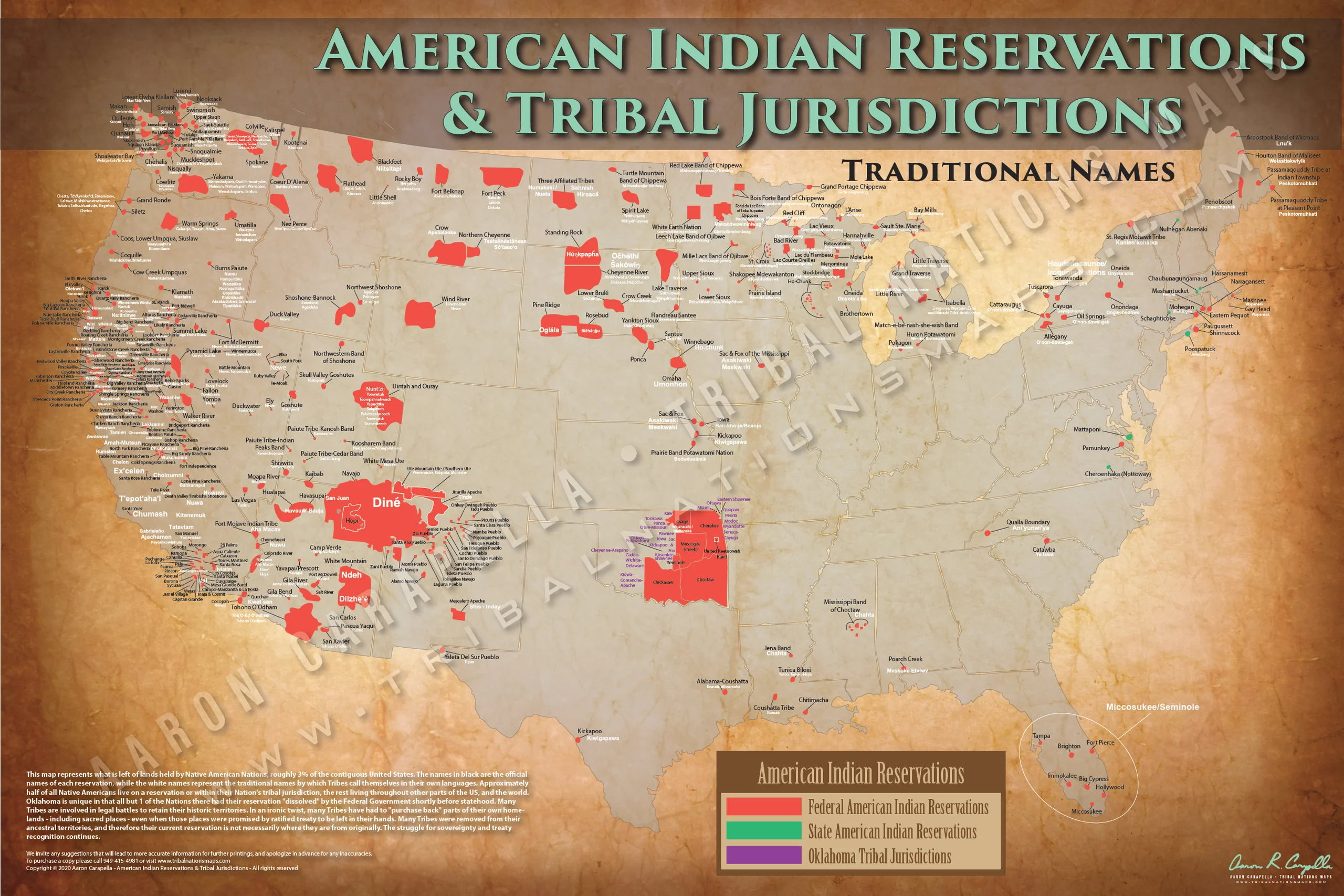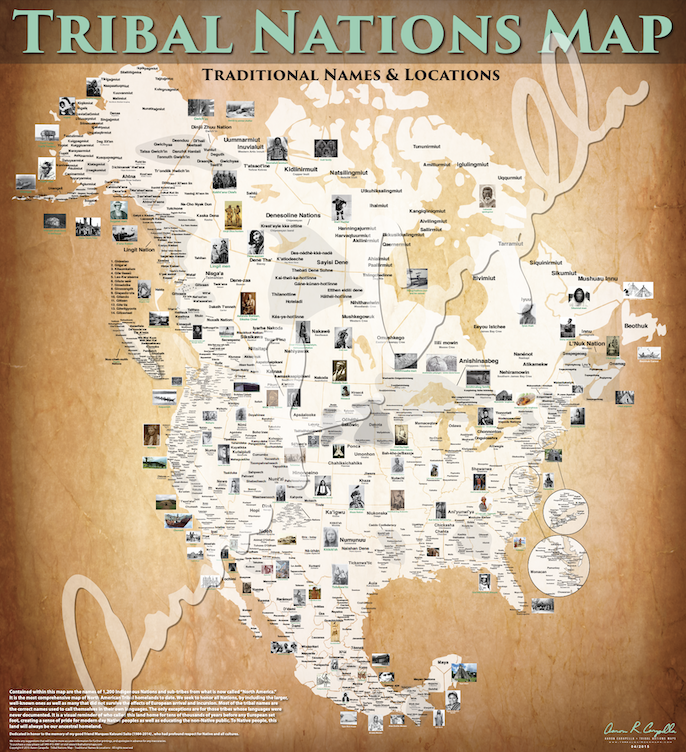Unpacking the Map: A Guide to Understanding Native American Reservations in 2024
Unpacking the Map: A Guide to Understanding Native American Reservations in 2024

The United States is a land of diverse landscapes and even more diverse cultures. One of the most fascinating and often misunderstood aspects of American history and geography is the presence of Native American reservations. These lands, often seen as isolated pockets on a map, hold a rich tapestry of history, culture, and resilience. But navigating the complex web of reservations can be daunting, especially for those unfamiliar with their unique status.
This article aims to provide a comprehensive guide to understanding Native American reservations in 2024, focusing on the map that visually represents their location and the stories they hold. We’ll delve into the history, the current state of reservations, and the significance of understanding their unique position within the United States.
Related Articles: Unpacking the Map: A Guide to Understanding Native American Reservations in 2024
- Unveiling the Vibrant Tapestry of Native American Tribes in New Mexico
- Uncover the Thriving World of Indian Reservation Casinos in New York
- Uncover the Native Heritage: Discover Indian Reservations in Sioux Falls
- Beyond The Bison: Uncovering The Hidden Gems Of South Dakota’s Reservations
- Spice Up Your Life: A Guide To Los Angeles’ Best Indian Restaurants
A Land of Treaties and Transitions
To understand the map of Native American reservations, we need to rewind the clock. Before European colonization, indigenous tribes lived across the vast expanse of what is now the United States. These lands were their home, their source of sustenance, and the foundation of their unique cultures. However, the arrival of European settlers brought about a wave of conflict and displacement.
The story of Native American reservations is, in many ways, a story of forced relocation and the aftermath of broken treaties. Through a series of treaties, often signed under duress, indigenous tribes were confined to smaller and smaller parcels of land. These lands, often deemed "unsuitable" by the government, were designated as reservations.
The Map: A Glimpse into a Complex History
Looking at a map of Native American reservations today, you’ll see a patchwork of land across the country. Some reservations are large, sprawling across vast landscapes, while others are small and confined, often nestled within larger communities. The map itself doesn’t tell the whole story, but it serves as a starting point for understanding the diverse realities of reservation life.
Beyond the Lines: Understanding the Diversity of Reservations
The map can be misleading if we treat it as a static representation of a monolithic entity. Each reservation is unique, shaped by its own history, geography, and tribal governance. Some reservations are economically thriving, with successful businesses and strong communities. Others struggle with poverty, unemployment, and limited access to resources.
The Importance of Respect and Recognition
It’s crucial to understand that Native American reservations are not simply geographical entities. They are sovereign nations, with their own governments, laws, and cultural traditions. Respecting their autonomy and sovereignty is paramount, and viewing the map as a representation of distinct nations, rather than just land parcels, is a vital step in this process.
Navigating the Map: Resources and Information
If you’re interested in learning more about specific reservations, there are several resources available. The National Congress of American Indians (NCAI) is a great starting point for information about tribal governance, issues, and advocacy efforts. You can also explore tribal websites for individual reservations to learn about their unique history, culture, and current initiatives.
The Evolving Landscape of Reservations
The map of Native American reservations is not static. Over time, land claims are settled, new treaties are negotiated, and the relationship between tribal governments and the federal government evolves. Understanding the dynamics of these changes is essential for understanding the ongoing journey of Native American nations.

Beyond the Map: The Future of Reservations
The future of Native American reservations is tied to the future of their communities. The fight for self-determination, economic development, and cultural preservation continues. By understanding the history, challenges, and aspirations of Native American nations, we can contribute to a more equitable and respectful future for all.
FAQ: Native American Reservations in 2024
Q: How many Native American reservations are there in the United States?
A: There are over 570 federally recognized Native American tribes in the United States, with over 320 reservations across the country.

Q: What are the largest Native American reservations in the United States?
A: The largest reservation by land area is the Navajo Nation, spanning parts of Arizona, New Mexico, and Utah. Other large reservations include the Fort Berthold Reservation in North Dakota, the Pine Ridge Reservation in South Dakota, and the Tohono O’odham Nation in Arizona.
Q: What are some of the challenges faced by Native American reservations?
A: Native American reservations often face challenges related to poverty, unemployment, limited access to healthcare, education, and infrastructure. These issues are often rooted in historical injustices and the ongoing struggle for self-determination.
Q: How can I support Native American communities?
A: There are many ways to support Native American communities. You can learn about their history and culture, support Native-owned businesses, advocate for policies that promote tribal sovereignty, and donate to organizations that work to address the challenges faced by Native American communities.
Q: What is the difference between a reservation and a tribe?
A: A tribe is a sovereign nation, often recognized by the federal government. A reservation is a designated land area that is held in trust by the federal government for a specific tribe.
Q: Are Native American reservations part of the United States?
A: While reservations are located within the United States, they are considered sovereign nations with their own governments, laws, and jurisdiction. They are not subject to the same laws and regulations as other parts of the United States.
Q: What are some of the successes of Native American reservations?
A: Despite the challenges, Native American reservations have experienced significant successes in areas such as economic development, cultural preservation, and education. Many tribes have established successful businesses, casinos, and educational institutions, and have made significant progress in preserving their languages and traditions.
Q: What is the future of Native American reservations?
A: The future of Native American reservations depends on the continued struggle for self-determination, economic development, and cultural preservation. It also depends on the willingness of the United States government and the broader society to recognize the sovereignty of Native American nations and address the historical injustices they have faced.
Conclusion
The map of Native American reservations is more than just a collection of dots on a page. It represents a complex history, a diverse tapestry of cultures, and a vibrant future. By understanding the history, challenges, and aspirations of Native American nations, we can contribute to a more equitable and respectful future for all.

Closure
Thus, we hope this article has provided valuable insights into Unpacking the Map: A Guide to Understanding Native American Reservations in 2024. We hope you find this article informative and beneficial. See you in our next article!


